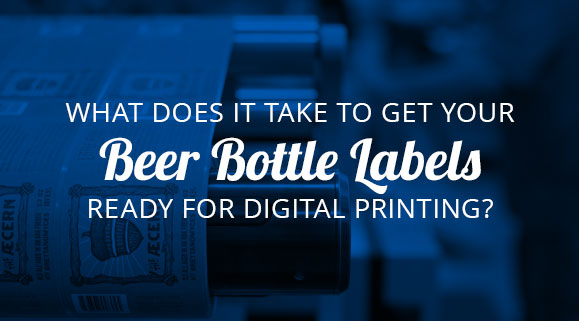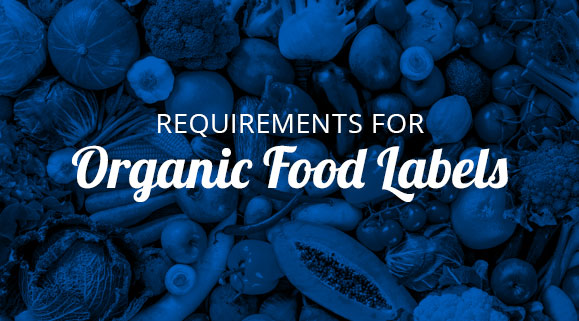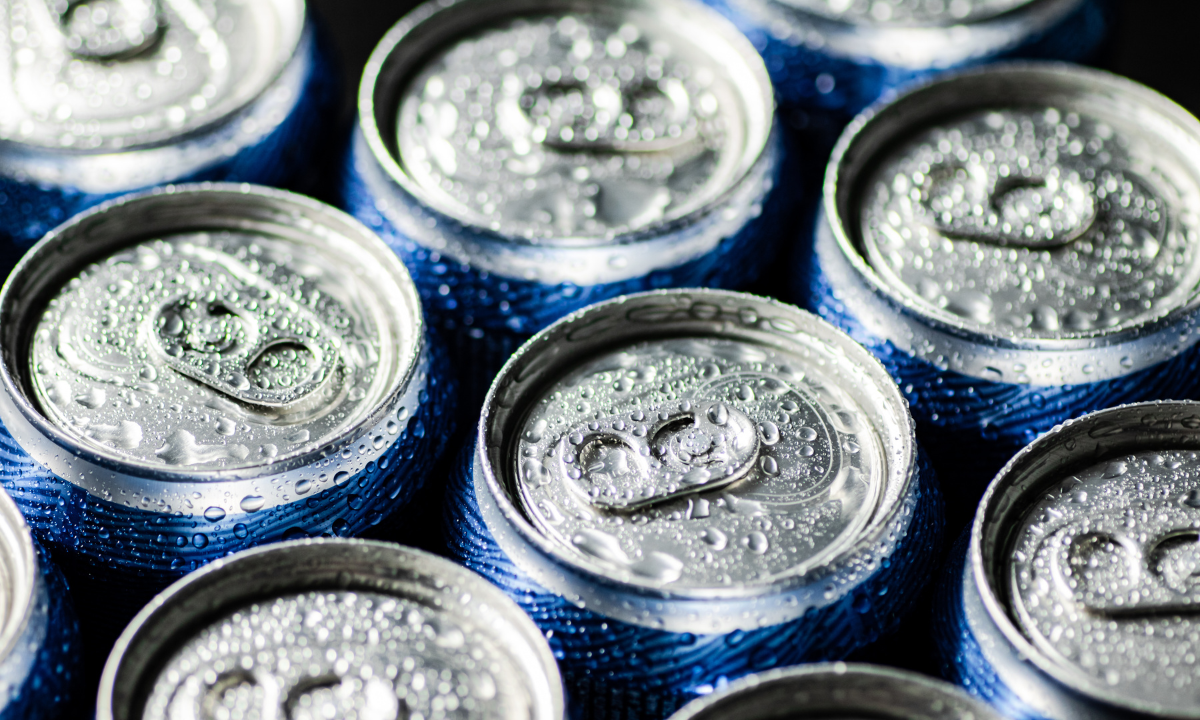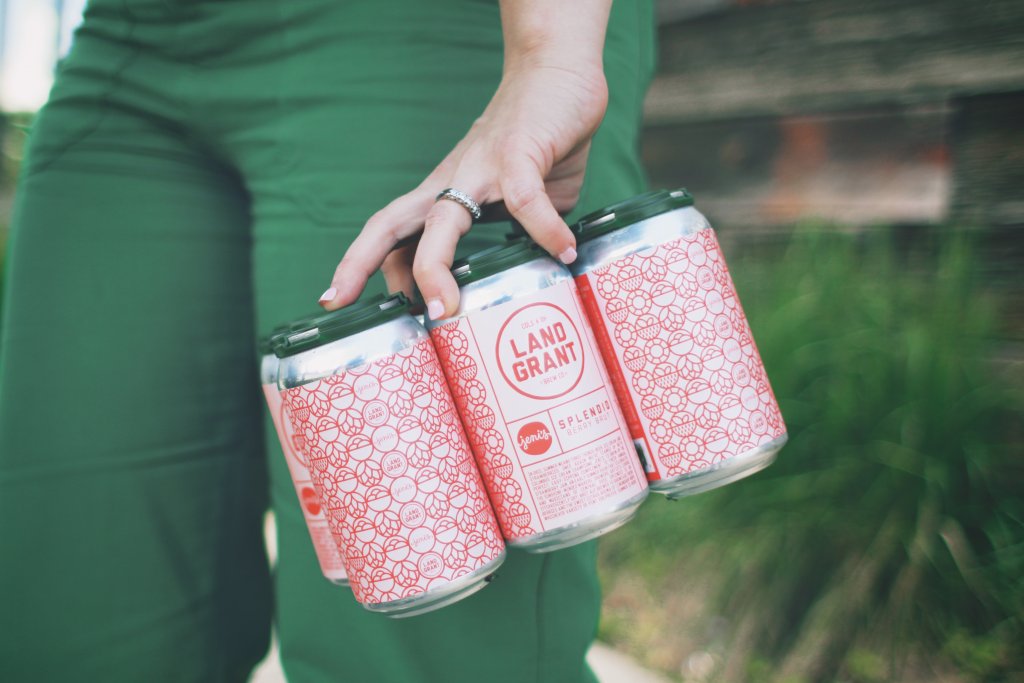Wine Label Requirements for Geographical Information
- bottle labels
- compliance
- TTB
Location is a big deal for wine labels. Not only can different regions impart certain qualities to wine, they can also allow you to market your bottles as products of those regions. Of course, the use of certain geographic information means your wine labels must abide by the rules.
Like every alcoholic product, labeling wine involves dealing with many regulations set by the Alcohol and Tobacco Tax and Trade Bureau (TTB). Location information is no exception. Here’s what you need to know when using geographic information on your wine labels.
Mandatory Location Information for Wine Labels
Many of the rules pertaining to referencing specific locations are tied to optional wine label information. However, there are two location-based items that the TTB considers mandatory information for wine labels:
- Country of origin
- Name and address of the bottler and importer
Listing the country of origin is simple: name the country of origin for your wine on your label. At least 75 percent of the fruit used to make your wine must be from the country listed on the label. If you make a blend of American and foreign wine, you’ll need a “percentage of foreign wine” statement to reference how much of the wine is made from outside fruit (for example, “50 percent grape wine from Australia”).
Aside from the country of origin, you also need to include a name and an address. For American wines, this means the name and address of the bottler or packer preceded by either “bottled by” or “packed by.” For imported wine, you’ll need the name and address of the person or group responsible for importation in addition to the bottler or packer.
Rules for Optional Geographic Details on Wine Labels
While there aren’t many mandatory items regarding where a wine is sourced, made, and bottled, there are still other ways that you can highlight geographic location on your wine label. Details like an appellation of origin or geographically inspired brand names allow you to highlight specific regions on your label. However, the TTB has specific rules that you must follow if you choose to include these details.
Appellation of origin
An appellation of origin is simply a fancy name for the location where the dominant grapes used in a wine were grown. This appellation can be a country, state, county, or an American viticultural area (AVA).
A viticultural area is a defined grape-growing region in the U.S. that features specific geographic qualities, such as a unique soil makeup or weather conditions, that make its grapes different from other regions. At the start of 2019, there were 242 established AVAs, with 139 in California alone. Other countries also have their own versions of viticultural regions, although use of these will require you to follow the appropriate foreign government’s regulations in addition to TTB rules.
In order to use appellation of origins on a label, a wine is required to source a certain percentage of its grapes from that region. The percentage threshold differs depending on the region. Countries, states, and counties require you to use at least 75 percent of your grapes from the listed areas. That number rises to 85 percent for established AVA or their foreign equivalents. Some regions also set their own rules for grape usage. For example, California law requires wineries to source 100 percent of their grapes from the state in order to label their wines as from either the state itself or any of its geographical subdivisions.
While appellations of origin are initially optional, they become mandatory if you include certain pieces of information on your label. Each of these can include additional regulatory needs depending on what you use.
- A vintage date
- A varietal designation
- A type designation of varietal significance
- A semi-generic designation
- An “estate bottled” claim
- A geographic brand name
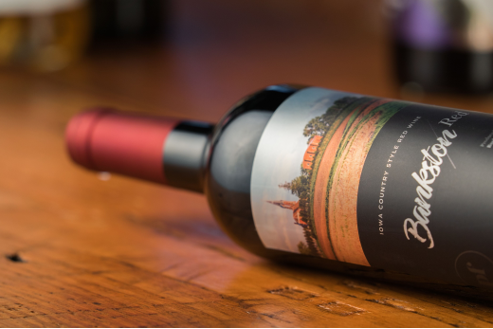
Vintage dates
Wine labels with a vintage date must include an appellation smaller than a country. If a state or county is listed, at least 85 percent of the grapes must be from the same year as the date. That threshold rises to 95 percent for labels that list an AVA or a foreign equivalent.
Various varietal designations
There are multiple categories of wine. Varietal designations specify a specific type of dominant grape, such as Cabernet Sauvignon or Merlot. The wine must contain at least 75 percent of the listed dominant grape to comply with TTB regulations.
Type designations of varietal significance are like varietal designations, except that they apply to fruit from a specific grape source and meet certain TTB requirements. For example, a Muscatel must contain at least 75 percent of its volume from Muscat grapes and qualify as a dessert wine per the TTB’s standards for identity.
Semi-generic designations revolve around wines based on well-known European regions. These names are permitted as long as you list the actual place of origin in conjunction with the semi-generic name (“American Burgundy,” “California Chianti,” etc.) and follow any wine restrictions set by the original country of origin for the style in question. For example, a semi-generic Marsala wine should contain between 14 to 24 percent alcohol.
Estate bottled claims
Any wine labeled as “estate” bottled must consist entirely of grapes grown on land owned or controlled by the winery. The grapes used should also be crushed and fermented in that same location. In addition, both the winery and the vineyard must exist in the same viticultural area listed on the label.
Geographic brand name
Like vintage dates, varietal designations, and estate claims, geographically based brand names require you to include an appellation of origin on your wine label. TTB rules also stipulate that brand names cannot mislead consumers in any way. That’s what landed California vintner Joe Wagner in trouble in 2018.
Wagner’s offending wines were named Willametter Journal and Elouan, both of which referenced Oregon viticultural areas on their product labels. The problem was that both labels read “Sourced From: Territory of Oregon” and were “vinted & bottled by The Willametter, Rutherford, CA.” According to The Washington Post, “federal law requires that such wines be labeled simply ‘Oregon,’ without use of more specific and prestigious American Viticultural Areas such as Willamette Valley.” As such, the TTB sided with the state of Oregon and ruled that Wagner could no longer use the appellation names on the offending wines since his names mislead consumers into thinking the wines were made in those regions.
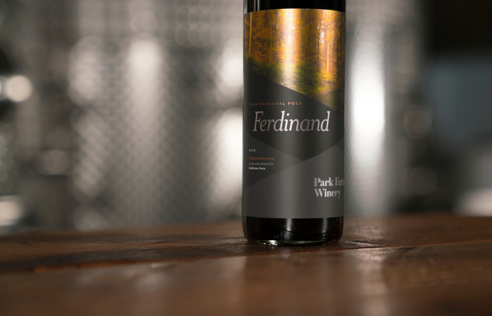
Use Wine Labels to Showcase Your Wine Labels
Whether you want to call out geographic locations or not, your wine labels should stop consumers in their tracks. A good label printing company can make your labels tell a story that not only inspires people to buy your wine, but also come back for more.
No winery should compromise on label quality. At Blue Label, we work with you to determine the best way to produce eye-catching wine labels that are built to last and fit in your budget. Contact Blue Label today to talk to one of our experts about having us print labels for your wine.
